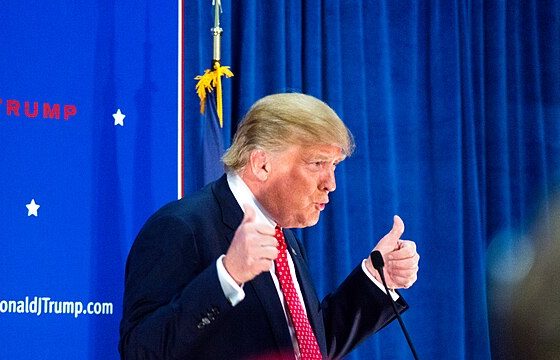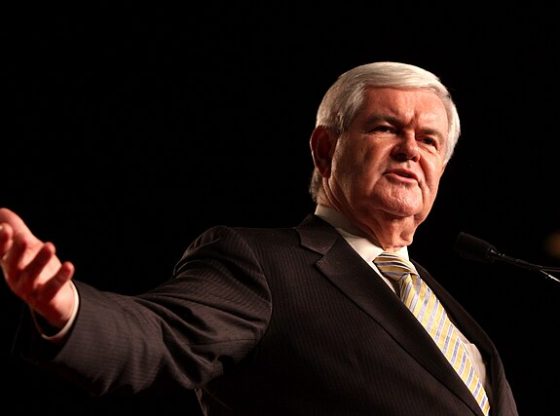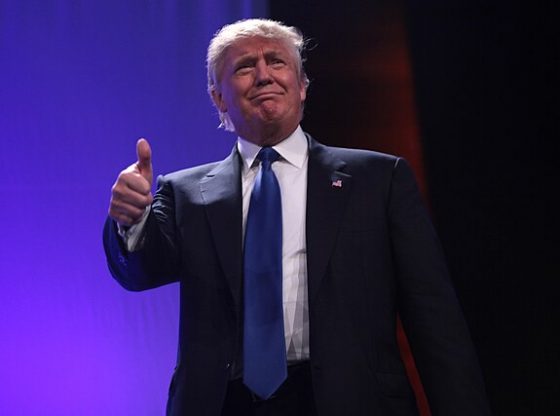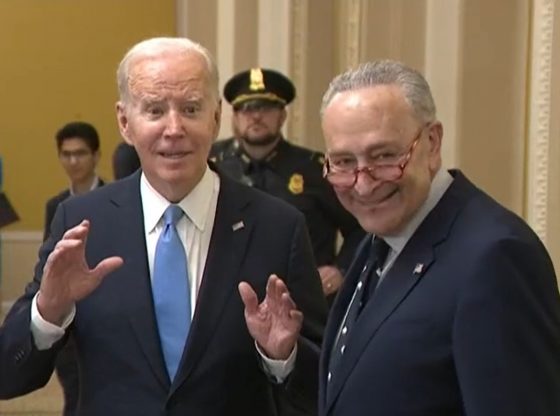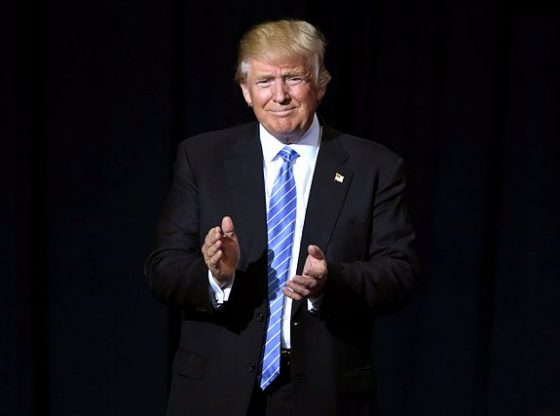Like any presidential election, this one is expected to be decided by several states.
According to the election simulation website “270 to Win”, in a toss-up scenario without the battleground states included, Democratic nominee Hillary Clinton would receive 217 electoral votes, while Republican nominee Donald Trump would receive 191.
As seen on the map below, there are nine states likely still undecided. The following chart outlines the number of electoral votes after each candidate wins in states where expected (example: Clinton in California, Trump in Texas, etc…). The following projection is based on the Real Clear Politics average in each swing state. Based on those polls, we can estimate which candidate would prevail if the election was held today.

Credit: 270towin.com
State # of electoral votes
Nevada 6
CLINTON: 43.0%
TRUMP: 40.5%
Colorado 9
CLINTON: 44.6%
TRUMP: 36.6%
Iowa 6
CLINTON: 41.3%
TRUMP: 40.8%
Wisconsin 10
CLINTON: 44.3%
TRUMP: 38.7%
Ohio 18
CLINTON: 42.6%
TRUMP: 41.8%
Pennsylvania 20
CLINTON: 49.3%
TRUMP: 41.3%
Virginia 13
CLINTON: 42.3%
TRUMP: 37%
North Carolina 15
CLINTON: 44%
TRUMP: 43.5%
Florida 29
CLINTON: 44.7%
TRUMP: 42.8%

Based on the polls above, adding the battleground states would amount to 312 electoral votes for Clinton, and 226 electoral votes for Trump. In that scenario above, Clinton would win 58.3% of the electoral college.
Mathematically, there are a lot of scenarios that can allow either candidate to win. Practically-speaking, there are certain states each candidate must win. For example, Trump must win the swing-state of Ohio to have any chance, while Clinton must win Pennsylvania or Virginia (home state of her running mate, Senator Tim Kaine).
According to the national Real Clear Politics average, Clinton leads Trump 47 to 40 percent, respectively.


